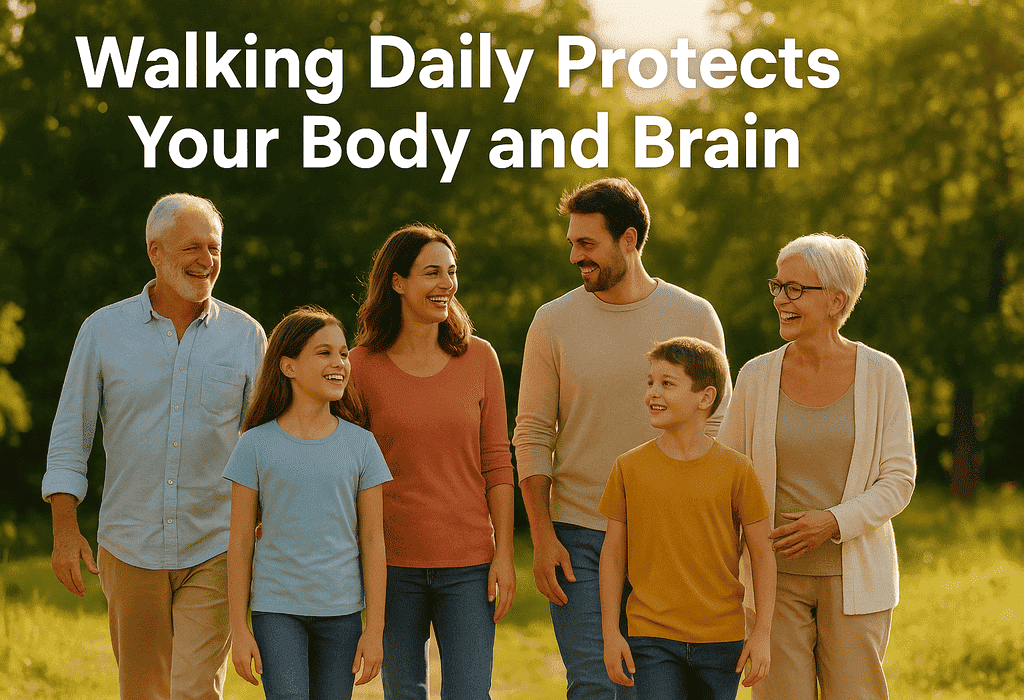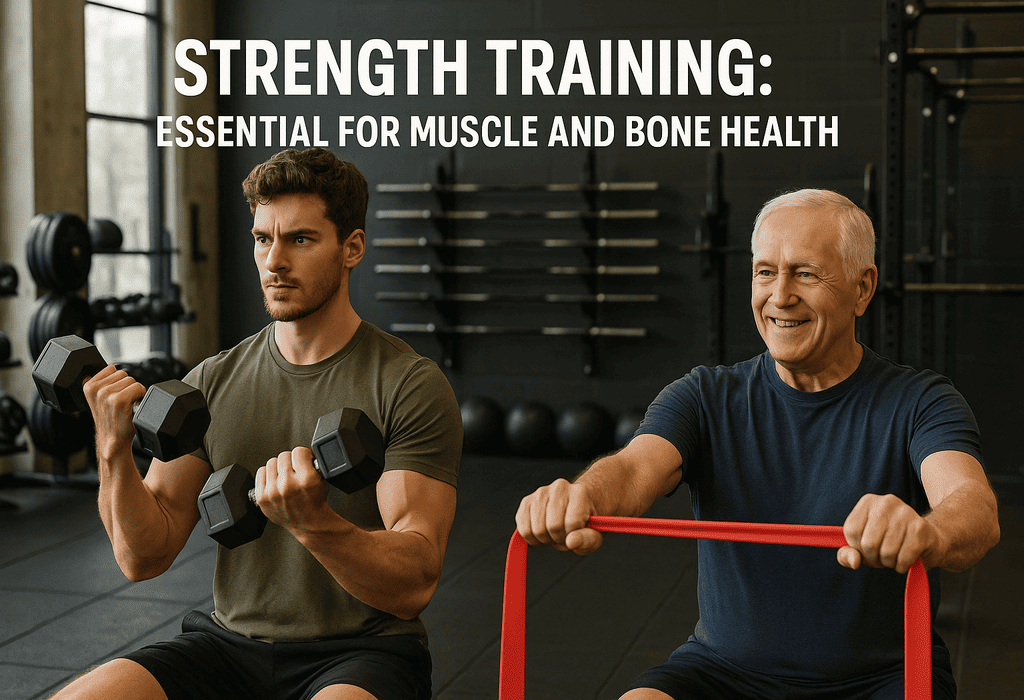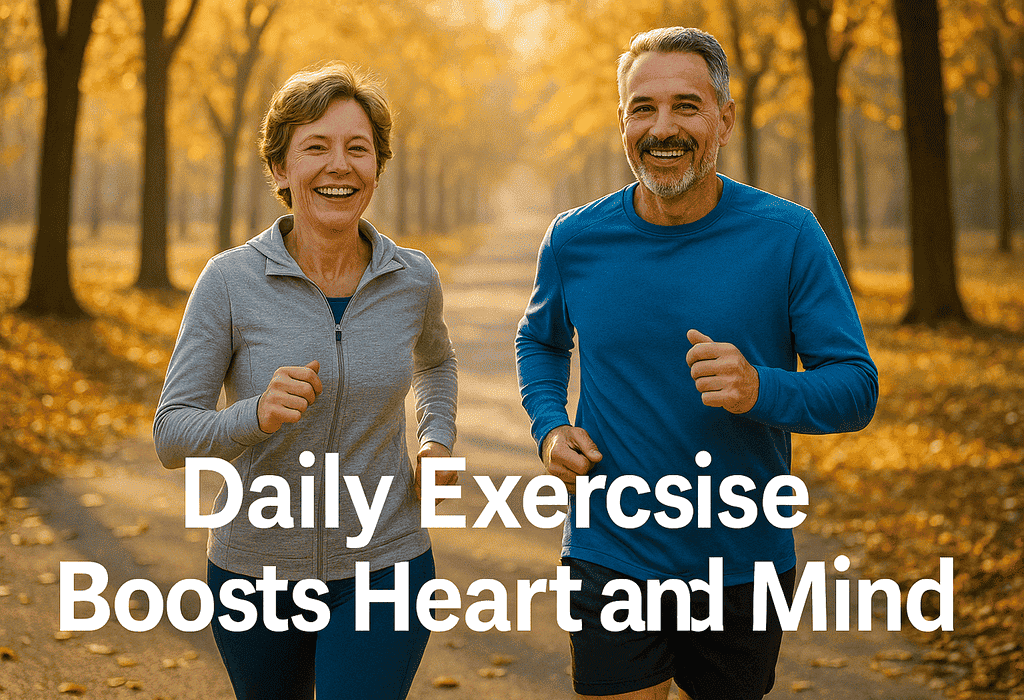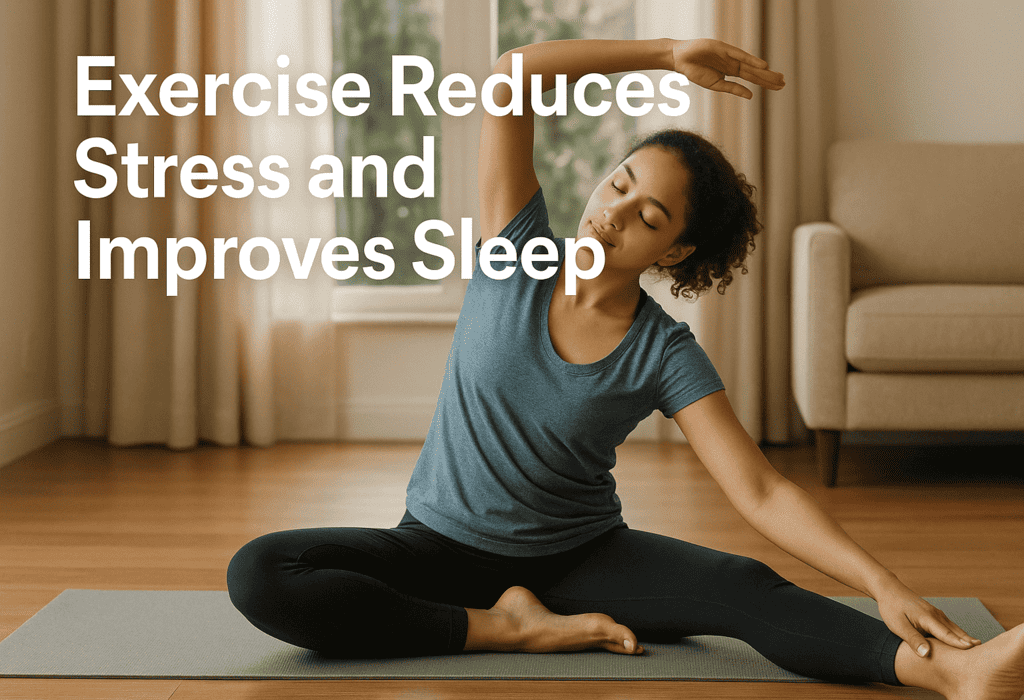
Introduction
Regular physical activity is one of the single most effective ways to protect and improve both physical health and mental well-being across the lifespan. From lowering the risk of chronic disease to sharpening memory, improving mood, and boosting sleep quality, exercise delivers compounding benefits that are supported by decades of research and the latest international guidelines. This article explains the science behind these benefits, offers practical, SEO-friendly guidance for everyday routines, and cites recent scientific and medical studies from Asia, America, and Europe to support the recommendations.
Key points (at a glance)
- Exercise reduces risk of cardiovascular disease, type 2 diabetes, some cancers, and all-cause mortality. American Heart Association Journals+1
- Physical activity protects cognition and is associated with lower risk of cognitive decline and dementia. JAMA Network+1
- Exercise improves mental health—reducing symptoms of depression and anxiety and improving sleep and self-esteem. BioMed Central+1
- Any activity helps: benefits accrue even from short bouts of movement and light activity; guidelines recommend weekly minimums and emphasize muscle-strengthening. Organisation mondiale de la santé+1

The science : how exercise helps the body
Cardiovascular and metabolic health
Regular aerobic activity and strength training lower blood pressure, improve lipid profiles and insulin sensitivity, and reduce inflammation — key mechanisms by which exercise lowers cardiovascular disease (CVD) and metabolic risk. Large cohort studies and recent reviews indicate consistent reductions in CVD morbidity and mortality among physically active adults. Importantly, emerging dose–response analyses suggest even modest increases in weekly activity lower risk substantially. American Heart Association Journals+1
Musculoskeletal health and functional independence
Resistance training and weight-bearing activities build and preserve muscle mass, bone density, balance, and flexibility. These benefits reduce fall risk, preserve mobility with age, and support independence in older adults. International guidelines explicitly recommend muscle-strengthening exercises on at least two days per week for adults. PMC+1
Immune function and inflammation
Moderate-intensity regular activity is associated with improved immune surveillance and lower chronic inflammation markers. While extremely intense or prolonged exertion can temporarily suppress some immune responses, the net population effect of habitual moderate exercise is protective against infections and inflammatory conditions.

The science : how exercise helps the mind
Mood, anxiety, and depression
A growing body of randomized trials and meta-analyses shows that regular physical activity reduces symptoms of depression and anxiety and improves overall mood and resilience. The mechanisms include neurochemical changes (endorphins, serotonin, dopamine), regulation of the hypothalamic–pituitary–adrenal axis (stress response), and psychosocial benefits such as greater self-efficacy and social interaction. Systematic reviews across child, adolescent, and adult populations confirm these effects. BioMed Central+1
Cognitive function and dementia prevention
Physical activity—particularly aerobic exercise and combined programs that include resistance training—improves attention, executive function, and memory in the short term and is associated with a lower risk of long-term cognitive decline. Recent randomized controlled trials exploring exercise interventions in people with mild cognitive impairment show promising effects on cognitive test scores and even Alzheimer’s-related biomarkers in some studies. Population analyses report a measurable reduction in the risk of developing dementia among regularly active older adults. JAMA Network+1
Sleep and stress resilience
Exercise improves sleep quality and duration for many people, which in turn supports cognitive function and emotional regulation. By reducing baseline anxiety and perceived stress, regular activity increases resilience to life’s demands.

Practical recommendations (evidence-based and user friendly)
Below is a simple summary table of recommended activity levels and typical expected benefits. These figures reflect international guidance and recent reviews.
| Activity type | Weekly target (adults) | Typical health benefits |
|---|---|---|
| Aerobic (moderate) | 150–300 min moderate-intensity OR | Reduced CVD risk, improved glucose control, improved mood. PMC+1 |
| Aerobic (vigorous) | 75–150 min vigorous OR equivalent | Greater cardiovascular fitness gains in less time; lowered mortality. PMC |
| Muscle strengthening | ≥2 sessions/week | Maintains muscle mass, bone health, functional independence. PMC |
| Light activity / steps | Aim for 7,000+ steps/day as a practical target | Linked to lower depression risk, improved daily energy. EatingWell |
| Short vigorous bursts | Even 1.5–4 min/day of high-intensity bursts can help | Associated with reductions in heart disease risk in observational studies. Verywell Health |
Note: Any increase from sedentary behavior is beneficial. Exercise can be accumulated in short bouts (e.g., three 10-minute walks). WHO and other national guidelines emphasize that all activity counts. Organisation mondiale de la santé+1
Translating evidence to everyday life: tips that stick
- Make it routine: Tie activity to an existing habit (e.g., walk after meals).
- Mix modalities: Combine aerobic, strength, balance, and flexibility exercises for broader benefits.
- Start small: For beginners, 10–15 minutes a day is fine — build gradually.
- Use steps or time goals: If you dislike gyms, aim for 7,000+ steps/day or 30 minutes of brisk walking. EatingWell
- Prioritize consistency over intensity: Regular moderate activity beats irregular high intensity.
- Protect sleep and recovery: Avoid intense workouts close to bedtime and prioritize rest.
- Consult professionals when needed: People with chronic conditions should consult a clinician for personalized plans.
Recent scientific highlights (representative studies)
- A 2024 systematic review synthesized mechanisms linking physical activity to improved mental health and identified mediators and moderators across populations, confirming consistent benefits for mood and anxiety. BioMed Central
- Large meta-analyses and cohort studies show physical activity is associated with a roughly 10–15% reduction in risk of cognitive decline and dementia; RCTs (including very recent trials) are exploring effects on Alzheimer’s biomarkers. JAMA Network+1
- Reviews in 2024–2025 reaffirm exercise as an effective lifestyle intervention to reduce cardiovascular risk factors and improve blood pressure and resting heart rate. PMC+1
Common myths — debunked
- Myth: “You need hours at the gym to get benefits.” — False. Even short, regular bouts yield measurable health gains, and light daily activity reduces depression risk. Verywell Health+1
- Myth: “Older adults shouldn’t lift weights.” — False. Strength training at any age improves muscle mass and function and reduces fall risk. PMC
Conclusion
Exercise is a foundational pillar of a healthy life. It reduces disease risk, preserves function, improves mood, and protects the brain. The best program is the one that fits your life: consistent, enjoyable, and safely progressive. International guidelines from public-health authorities and a wave of recent high-quality studies from Asia, Europe, and the Americas provide robust, converging evidence: moving more and sitting less—through walking, aerobic classes, strength training, or short bursts of vigorous activity—yields measurable, meaningful improvements in physical and mental health.
Selected references (representative, recent, and authoritative)
- World Health Organization. Physical activity fact sheet and WHO Guidelines on Physical Activity and Sedentary Behaviour (2020; summary and 2024 fact sheet). Organisation mondiale de la santé+1
- Bull FC, et al. World Health Organization 2020 guidelines on physical activity and sedentary behaviour. British Journal / WHO publication. PMC
- Iso-Markku P., JAMA Network Open. Physical Activity and Cognitive Decline Among Older Adults (2024). JAMA Network
- Baker LD., EXERT Study Group. Effects of exercise on cognition and Alzheimer’s biomarkers in a randomized controlled trial of adults with mild cognitive impairment: The EXERT study. Alzheimer’s & Dementia (2025). PMC
- White RL., Physical activity and mental health: a systematic review and synthesis of mediators and moderators (2024). BioMed Central
- Masmoum MD., The Effectiveness of Exercise in Reducing Cardiovascular Disease Risk Factors (2024). PMC
- Kazemi A., Dose-response meta-analysis on physical activity and CVD outcomes (2024). BioMed Central
- American Heart Association. Physical Activity Recommendations for Adults. www.heart.org
- Recent accessible summaries and news coverage highlighting step-count and brief vigorous-activity findings (example: JAMA meta-analyses and media summaries). EatingWell+2Verywell Health+2








